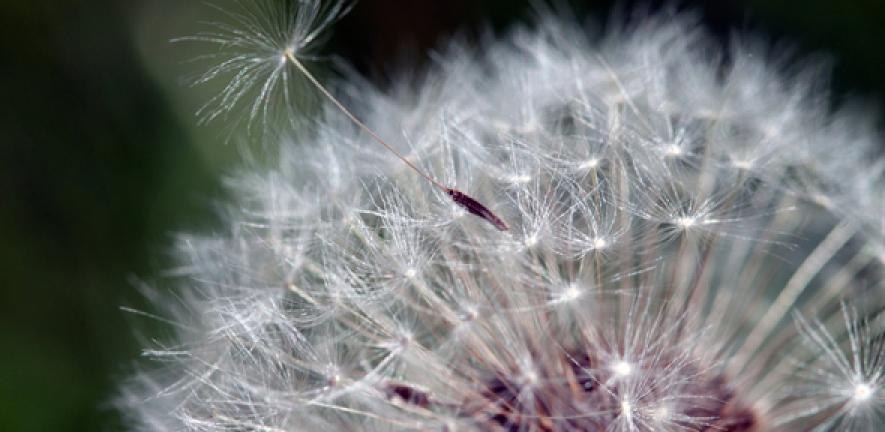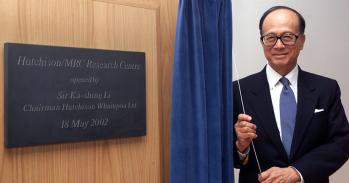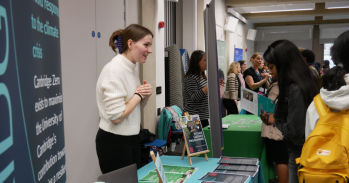
The development of a new Conservation Research Institute will be the latest addition to a flourishing conservation community in Cambridge.
The development of a new Conservation Research Institute will be the latest addition to a flourishing conservation community in Cambridge.
The Conservation Research Institute offers an unparalleled opportunity to establish a globally influential programme of research on biodiversity conservation and its impacts.
Bhaskar Vira
For biodiversity conservation to be effective, knowledge of how to protect and manage species and landscapes needs to be accompanied by an understanding of how ecosystems function, and, crucially, how these factors interact with people. The University of Cambridge’s Conservation Research Institute intends to promote new ways of working across disciplines and departments, to scale up and catalyse collaborative research activity on different aspects of biodiversity conservation.
The Institute will be the latest addition to a flourishing conservation community in Cambridge. Home to over 40 conservation organisations, the city and its surroundings have long been a hub of conservation research, ideas and practice. In 2007, a group of these conservation organisations joined forces with the University of Cambridge to form the Cambridge Conservation Initiative (CCI).
The Conservation Research Institute intends to provide a focal point for academic research about conservation within the CCI. In 2015, when the CCI takes up residence in its campus building, the Institute will be co-located with the other CCI partners, further enabling dialogue and collaboration between conservation practitioners and researchers.
Dr Bhaskar Vira, Founding Director of the Conservation Research Institute, explained how the Institute aims to build on the long history of conservation research at the University of Cambridge: “Cambridge has always been at the cutting edge of developments in our understanding of life on earth, and how human societies function in relation to the world that we inhabit. The establishment of the Conservation Research Institute offers an unparalleled opportunity to further develop this unique intellectual legacy by fostering meaningful dialogue between and across disciplines, and to establish a globally influential programme of research on biodiversity conservation and its impacts.”
One dimension of conservation that is gaining increased recognition is the contribution that a wide range of social sciences can make to ongoing debates about biodiversity conservation and its impacts. A newly published paper in Conservation Biology, co-authored by Vira and other academics associated with the Conservation Research Institute, aims to contribute to better interdisciplinary communication and understanding by clarifying the roles of social science research within conservation.
In this paper, Chris Sandbrook, Bill Adams, Bram Büscher and Bhaskar Vira argue that social science research can not only help explain the contexts within which conservation interventions achieve improved outcomes for people and nature, but also involves critical reflections on the practice of conservation itself and the socio-economic constraints on conservation action. They believe that such an understanding is crucial if conservation professionals are to appreciate the social and political context in which they live and work, and the outcomes of their interventions.
“One of the Conservation Research Institute’s key aims will be to facilitate challenging programmes of work that allow academics and practitioners to engage with each other in such conversations,” added Vira, “as well as to develop a mutual appreciation of assumptions, methods and ways of working across the range of conservation-related disciplines.”
This work is licensed under a Creative Commons Licence. If you use this content on your site please link back to this page.





